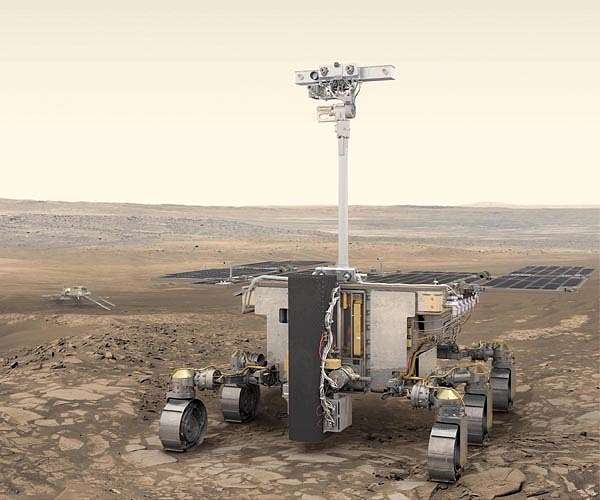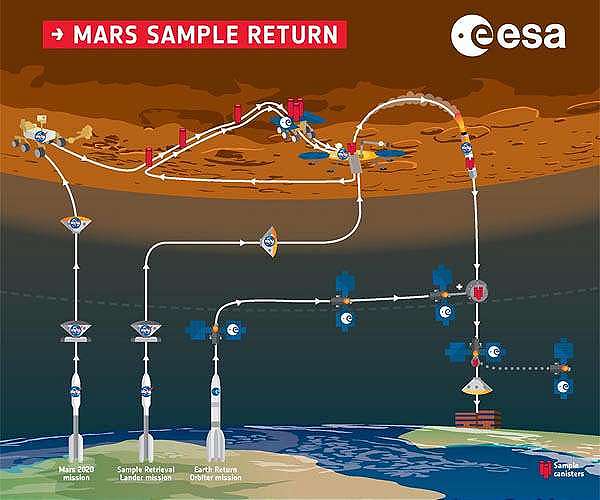European Scientists Unveil Detailed Mars Map Ahead of Rosalind Franklin Rover Mission
by Erica Marchand
Paris, France (SPX) Mar 27, 2024
In a major effort, European researchers have completed the most comprehensive geological survey of Mars’ Oxia Planum, the designated landing site for the European Space Agency’s (ESA) ambitious Rosalind Franklin rover. This map, crafted with four years of meticulous study, charts fifteen distinct geological units, setting the stage for the rover’s exploratory mission aimed at uncovering the secrets of Mars’ ancient, water-rich past and the quest for signs of life.
Oxia Planum, chosen for its geological richness and historical significance, lies near Mars’ equator and boasts sedimentary deposits dating back nearly four billion years, making it the oldest site ever to be explored by a rover. The presence of clay minerals, indicative of historical water activity, positions Oxia Planum as a prime candidate for the search for evidence of primitive life forms, potentially offering insights into the ancient Martian environment.
The mapping initiative took a unique turn during the COVID-19 lockdowns, as the Rosalind Franklin rover’s science team initiated an online training program that enlisted approximately 80 volunteers to map the landing site. Utilizing data from the ExoMars Trace Gas Orbiter’s Colour and Stereo Surface Imaging System (CaSSIS) and the HiRISE camera aboard NASA’s Mars Reconnaissance Orbiter, the team was able to generate a map of unparalleled detail, revealing the intricate geology of Oxia Planum at a 1:25,000 scale.
This collaborative effort resulted in a high-resolution map that delineates the primary geological features of the landing site, including bedrock types and surface formations shaped by wind and meteorite impacts. The significance of this map extends beyond its immediate utility for the Rosalind Franklin rover; it represents a comprehensive pre-mission assessment that familiarizes scientists with the Martian terrain, aiding in the identification of potential scientific targets and navigating challenges the rover may face upon its arrival in 2030.
Peter Fawdon, a lead author from the Open University, highlighted the map’s role as both a scientific tool and a hypothesis generator, paving the way for on-site validation of geological interpretations with the rover’s advanced instrumentation. The Rosalind Franklin rover is uniquely equipped for this task, boasting a drill capable of reaching two meters below the Martian surface to access and analyze samples in conditions more conducive to the preservation of biosignatures.
As the international scientific community anticipates the launch and subsequent operation of the Rosalind Franklin rover, this map stands as a testament to the collaborative spirit of scientific inquiry and the relentless pursuit of knowledge about our celestial neighbor.
Related Links
Human and Robotic Exploration
Mars News and Information at MarsDaily.com
Lunar Dreams and more



